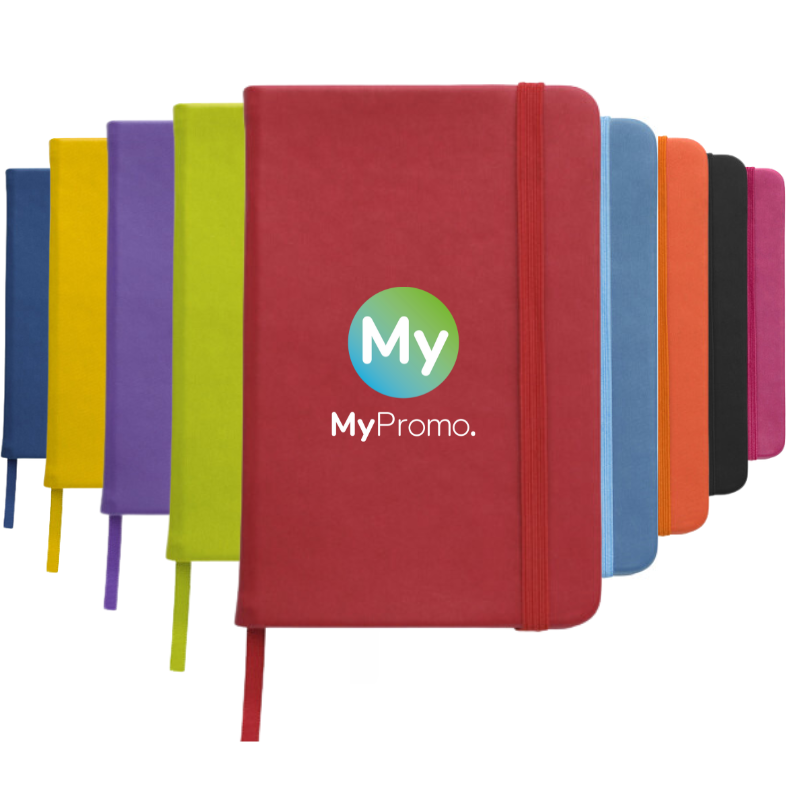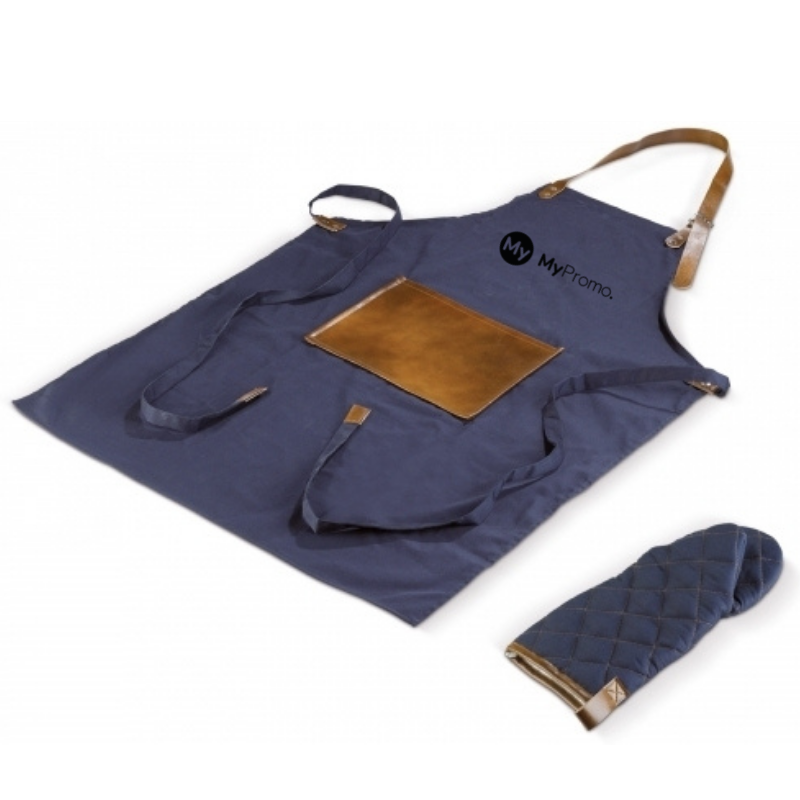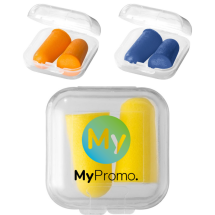PU
What is PU?
Polyurethane, commonly known as PU, is a versatile and durable polymer widely used in manufacturing and promotional gifts. Developed in the 1930s by Dr. Otto Bayer in Germany as a rubber substitute, PU can be tailored into foams, elastomers, and coatings. Its adaptability and cost-effectiveness make it essential across various industries. Producing PU involves reacting a diisocyanate with a polyol to create a prepolymer, which is then combined with a curing agent or catalyst. The process varies to achieve different characteristics, allowing for the production of flexible or rigid PU based on application needs.
Properties and Characteristics of PU
Polyurethane boasts a wide array of properties, making it suitable for diverse uses. It is known for its high durability, flexibility, and resilience. PU is resistant to abrasion, chemicals, and weathering, which enhances its longevity and reliability in various environments. Additionally, it offers excellent insulation properties, both thermal and acoustic, and can be made in various hardness levels, from soft and pliable to rigid and sturdy.
Applications of PU in Manufacturing
PU's versatility is evident in its numerous applications across different industries. In the automotive industry, PU is used for seat cushioning, insulation panels, and gaskets. The construction sector employs PU for insulation, flooring, and sealants. In the realm of consumer goods, PU can be found in furniture, footwear, and clothing.
When it comes to promotional products, PU is a popular choice for creating personalised items. Examples include PU leather notebooks, personalised keyrings, and customised phone cases. The material's ability to be easily moulded and printed on makes it ideal for creating bespoke promotional items that are both attractive and durable.
Advantages of Using PU in Manufacturing
One of the primary advantages of PU is its versatility. Manufacturers can produce a wide range of products with varying properties from a single material type. PU is also relatively easy to work with and can be moulded into complex shapes. It offers superior durability compared to many other materials, ensuring that products made from PU have a long lifespan. Additionally, PU can be made to mimic other materials, such as leather, providing cost-effective alternatives without compromising on quality.
Comparing PU with Other Materials
Compared to materials like PVC, rubber, and natural leather, PU stands out for its combination of flexibility, durability, and cost-effectiveness. While PVC is cheaper, it is not as durable or environmentally friendly as PU. Natural leather offers a premium feel but is more expensive and less versatile than PU. Rubber provides excellent elasticity but lacks the aesthetic versatility of PU. However, PU also has some challenges, such as potential environmental concerns regarding its production and disposal. While it is durable, it is not biodegradable, necessitating proper recycling methods to minimise environmental impact.
Properties Comparison of PU vs Other Materials
| Property | PU | PVC | Natural Leather | Rubber |
|---|---|---|---|---|
| Durability | High | Medium | High | High |
| Flexibility | High | Medium | Low | High |
| Cost | Moderate | Low | High | Moderate |
| Aesthetic | Versatile | Limited | Premium | Limited |
| Environmental Impact | Moderate | High | Low | Moderate |
What is PU commonly used for?
PU is used in a variety of industries including automotive, construction, consumer goods, and for creating promotional items like personalised notebooks and keychains.
Is PU the same as leather?
PU can be made to mimic leather, often referred to as PU leather. While it looks and feels similar, it is actually a synthetic material and more cost-effective.
What are the advantages of PU over PVC?
PU is more durable, flexible, and environmentally friendly compared to PVC. It also provides better aesthetic versatility and can be used in a wider range of applications.
How is PU produced?
PU is produced by reacting a diisocyanate with a polyol to create a prepolymer, which is then combined with a curing agent or catalyst to form the final polyurethane material.
Are there any environmental concerns with PU?
While PU is durable and versatile, it is not biodegradable. This raises environmental concerns, making proper recycling methods essential to minimise its impact on the environment.







